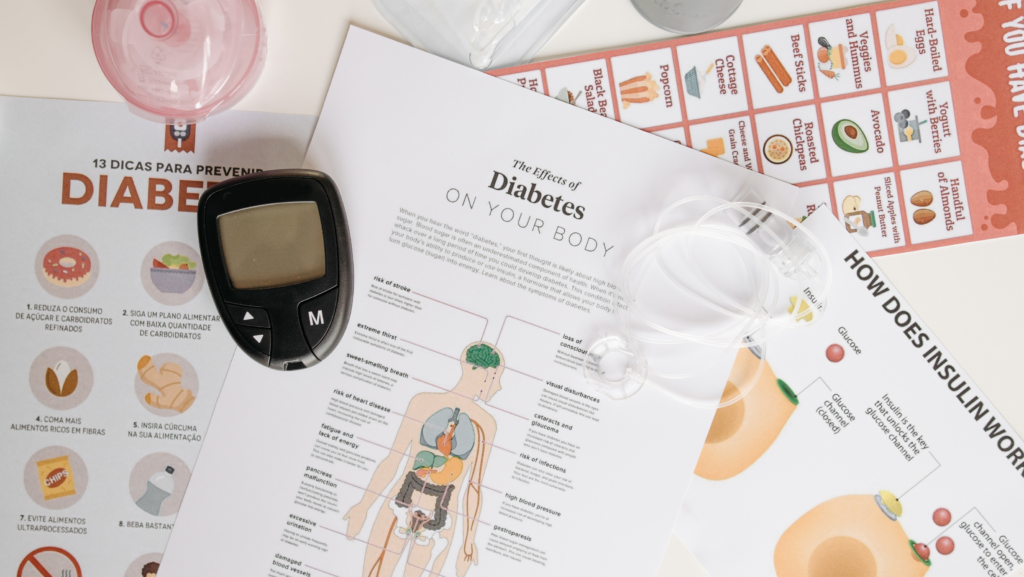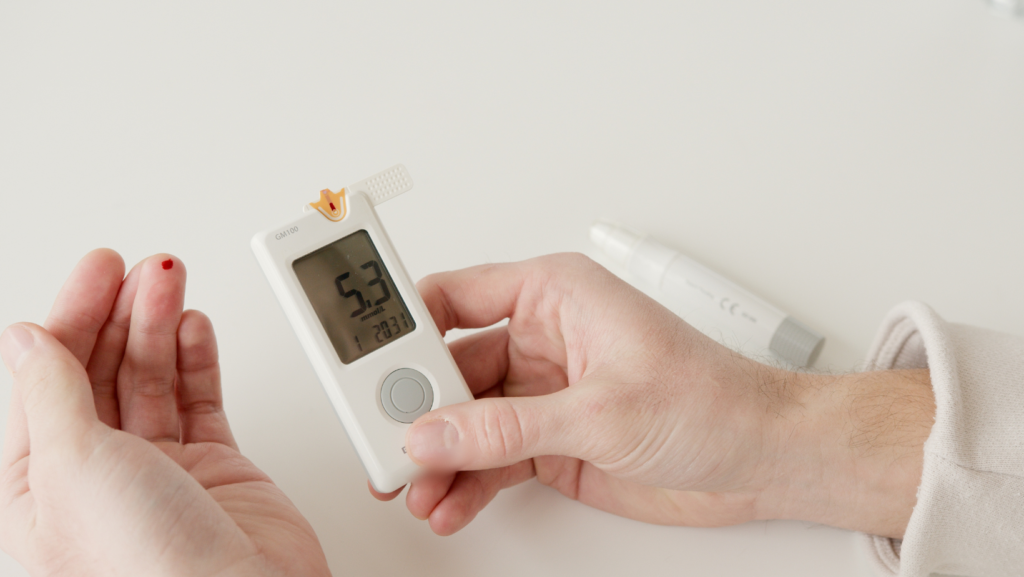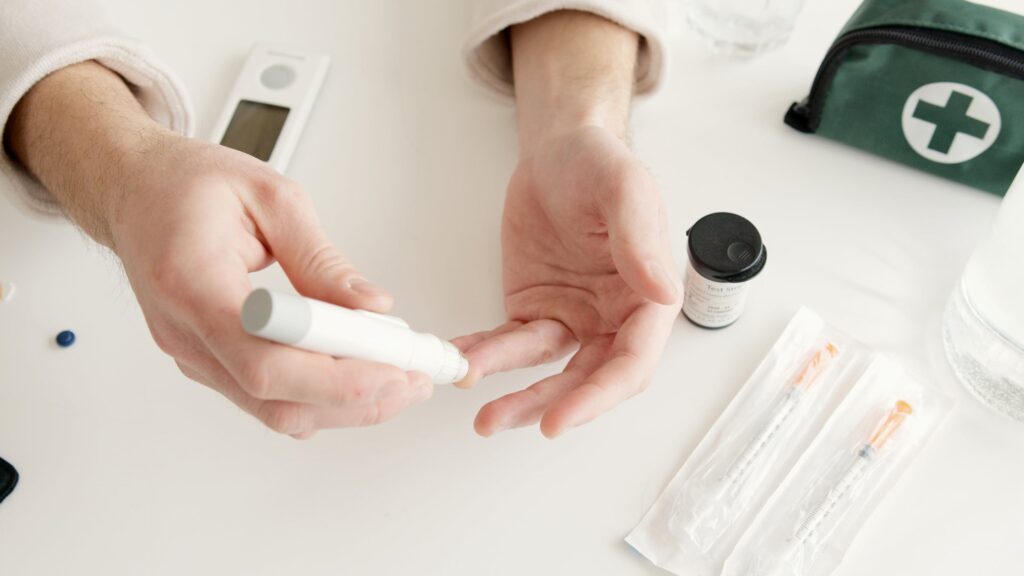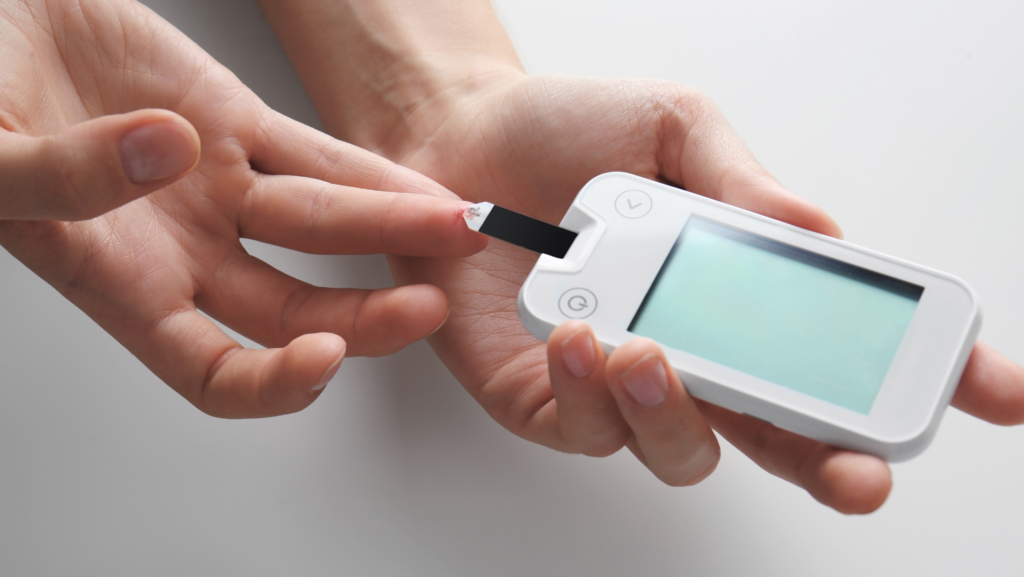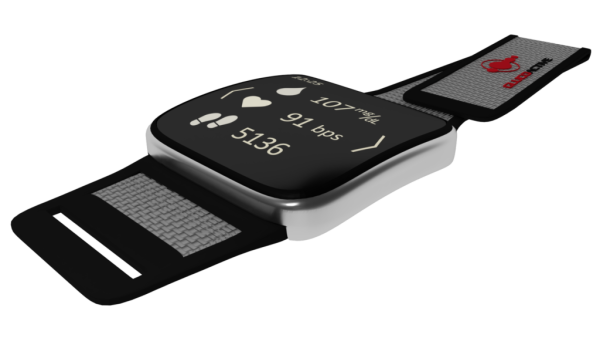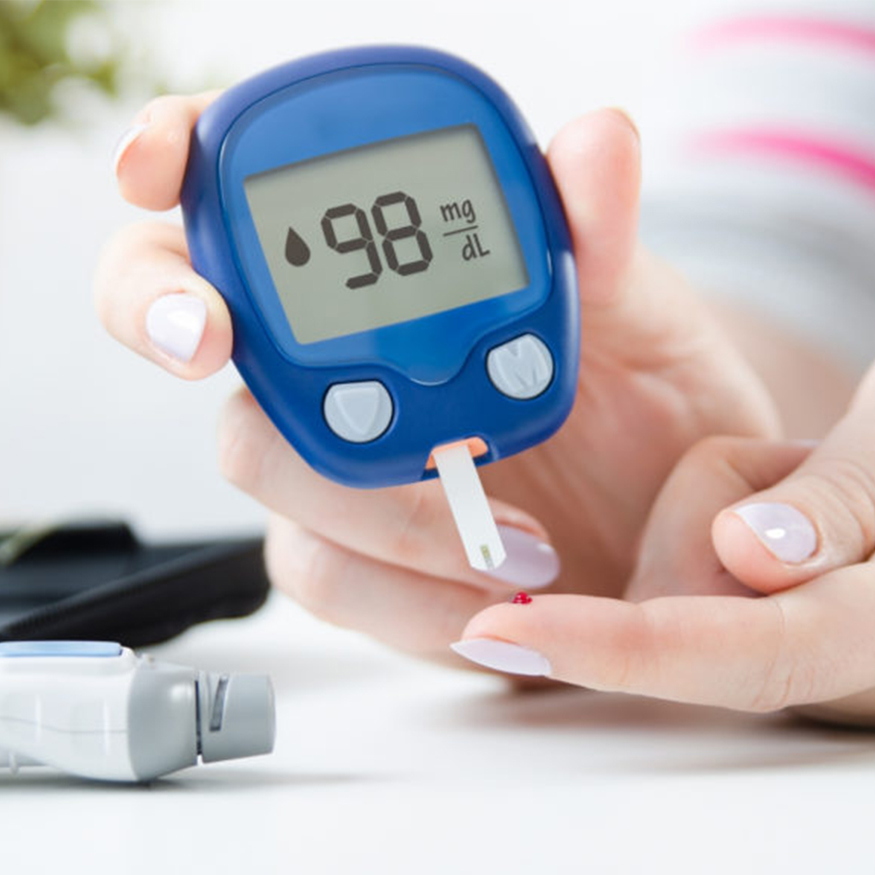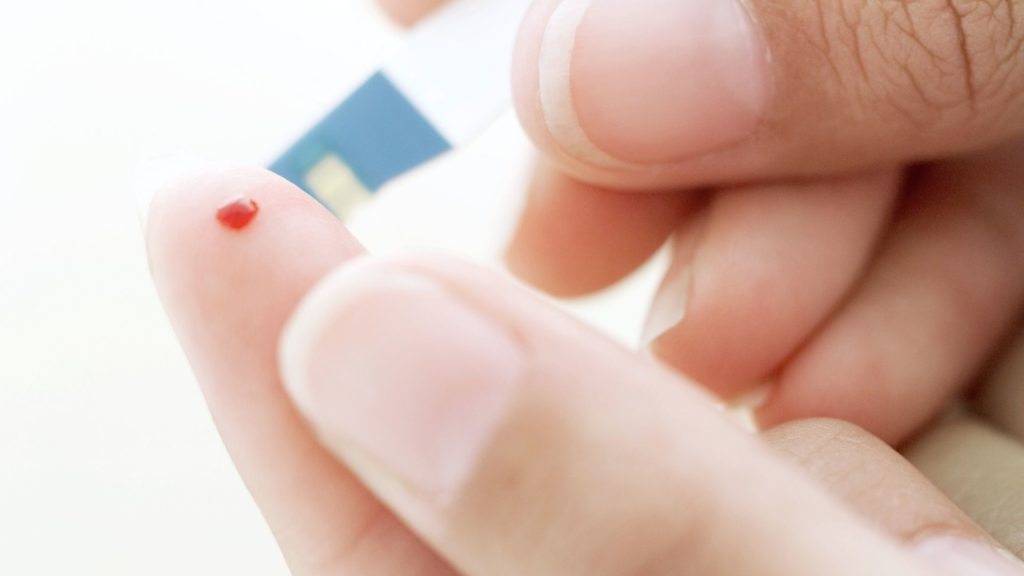Od momentu, kiedy w 2010 roku Massachusetts Institute of Technology (MIT) udowodnił, że spektroskopia Ramana może być wykorzystana przy nieinwazyjnym glukometrze, świat medycyny obserwował dynamiczny rozwój w dziedzinie monitorowania poziomu glukozy we krwi. Jednakże, to dopiero w 2015 roku firma C8 Medisensors jako pierwsza na świecie otrzymała zgodę FDA na wprowadzenie na rynek glukometru opartego na tej właśnie technologii. Ten przełomowy moment wyznaczył kierunek dla kolejnych innowacji w tej dziedzinie.
W 2018 roku firma Gluco Active rozpoczęła pionierskie prace nad dużym spektrometrem we współpracy z Wydziałem Nauk Technicznych Politechniki Warszawskiej (WUST). Ten związek umożliwił przejście od teoretycznych koncepcji do praktycznych rozwiązań. Tak więc rok 2019 przyniósł ze sobą narodziny GlucoStation 1.0, przełomowego nieinwazyjnego glukometru opartego na technologii spektroskopii Ramana. Pierwszy prototyp oraz potwierdzenie możliwości miniaturyzacji otworzyły drogę dla dalszych eksperymentów i udoskonaleń.
Jak wyglądała droga Gluco Active?

2020: Pierwszy Eksperyment Medyczny
Po roku intensywnych prac, firma Gluco Active przystąpiła do pierwszych testów urządzenia poza środowiskiem laboratoryjnym. Jednak, niespodziewana pandemia COVID-19 znacząco wpłynęła na plany firmy. Eksperyment, który pierwotnie planowano na trzy miesiące, został przedłużony do roku. Niemniej jednak, zespół utrzymał zaangażowanie w rozwój urządzenia.
W trakcie kontynuacji eksperymentu, zgromadzone dane doprowadziły do podjęcia decyzji o wprowadzeniu znaczących zmian w projekcie i funkcjonalności urządzenia, kierując firmę w nowym kierunku.

2021: GlucoStation 2.0
W trakcie prac nad GlucoStation 1.0 odkryliśmy, że analizy naszego urządzenia oparte na pomiarach z przedramienia napotykają na pewne wyzwania. Okazuje się, że skóra tej części ciała jest zbyt gruba i ma niewystarczającą liczbę naczyń krwionośnych, co stanowi problem dla precyzyjnego pomiaru. Z pomocą przychodzi GlucoStation 2.0. W tej nowej wersji urządzenia zdecydowano się przenieść pomiary na skórę palców. Po intensywnym roku pracy udało się opracować nowe komponenty, które pozwalają na dokładne i wydajne pomiary. GlucoStation 2.0 staje się znacznie rozwiniętą wersją oryginalnego urządzenia, oferując bardziej precyzyjne i wygodne metody monitorowania. Wprowadzenie pomiarów z opuszka palca pozwoliło skutecznie obejść wyzwania związane z poprzednim modelem.

2022: GlucoStation 2.5
Podczas opracowywania procedury pomiarowej dla GlucoStation 2.0 zauważono istotne wyzwania związane z warunkami panującymi na skórze. Poprzez eksperymenty zidentyfikowano kluczowe elementy, które wpływają na dokładność i wiarygodność pomiarów. Przeprowadzono szczegółowe badanie, trwające sześć miesięcy, aby skrupulatnie dobrać parametry pomiarowe i opracować kompleksową procedurę badania pacjenta, co zaowocowało znacznie lepszą wydajnością urządzenia.

2023: Testy Wewnętrzne
Ze względu na ogromną złożoność struktury skóry konieczne jest przeprowadzenie znacznej liczby testów na pojedynczych jednostkach w celu opracowania odpowiedniego algorytmu dla GlucoStation 2.0. Im więcej przetestowanych jednostek, tym więcej dostarczonych informacji, co jest kluczowe dla wiarygodnych wyników pomiarów. Przeprowadzenie takich testów wymaga niestety ogromnej ilości czasu i pracy. Zrozumienie złożoności skóry i tego, jak różni się ona między poszczególnymi osobami, sprawia, że systematyczne i dokładne testy są niezbędne do dostosowania urządzenia do różnych warunków skórnych. Faza ta wymaga znacznie więcej czasu i wysiłku w porównaniu do poprzednich etapów.

2024+: Przyszłość Gluco Active
Po zakończeniu testów wewnętrznych, firma planuje przystąpić do szeroko zakrojonych badań, w tym eksperymentów medycznych, a następnie certyfikacji badań klinicznych. Ostatecznie, po uzyskaniu niezbędnych certyfikatów medycznych, firma będzie gotowa do komercjalizacji swojego produktu.
Niezależnie od wyzwań, firma Gluco Active pozostaje na czele innowacji w dziedzinie monitorowania poziomu glukozy we krwi, wykorzystując technologię spektroskopii Ramana, aby zapewnić pacjentom nieinwazyjne i precyzyjne rozwiązania.
Przyszłość Gluco Active:
- Zakończenie testów wewnętrznych i przyszłe kroki
- Przygotowanie infrastruktury do organizacji szeroko zakrojonych badań
- Poszukiwanie partnerstwa z zagranicznymi instytucjami medycznymi
- Rozpoczęcie szeroko zakrojonych badań, testowanie urządzenia na innych populacjach
- Certyfikacja badań klinicznych
- Przewidywany początek komercjalizacji



